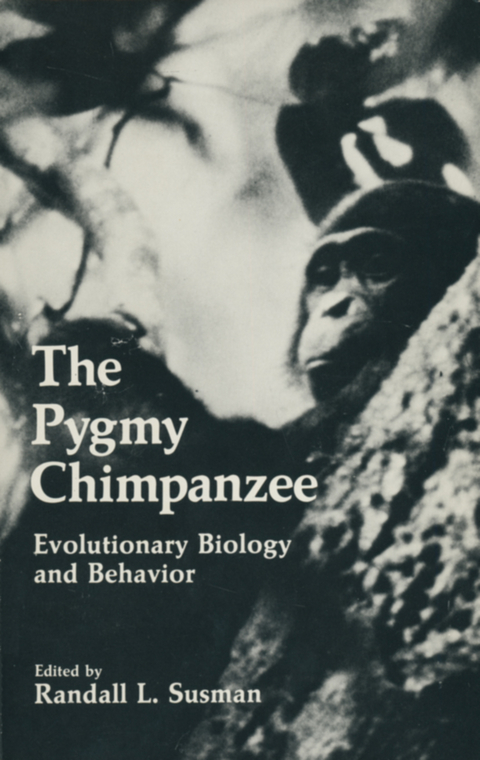
The Pygmy Chimpanzee
Springer-Verlag New York Inc.
978-1-4757-0084-8 (ISBN)
I. Molecular Biology, Systematics, and Morphology.- 1 The Tervuren Museum and the Pygmy Chimpanzee.- 2 Blood Groups of Pygmy and Common Chimpanzees: A Comparative Study.- 3 Pygmy Chimpanzee Systematics: A Molecular Perspective.- 4 A Measure of Basicranial Flexion in Pan paniscus, the Pygmy Chimpanzee.- 5 The Dentition of the Pygmy Chimpanzee, Pan paniscus.- 6 An Allometric Perspective on the Morphological and Evolutionary Relationships between Pygmy (Pan paniscus) and Common (Pan troglodytes) Chimpanzees.- 7 Body Size and Skeletal Allometry in African Apes.- 8 Body Build and Tissue Composition in Pan paniscus and Pan troglodytes, with Comparisons to Other Hominoids.- 9 The Common Ancestor: A Study of the Postcranium of Pan paniscus, Australopithecus, and Other Hominoids.- II. Behavior of Pan paniscus.- 10 Feeding Ecology of the Pygmy Chimpanzees (Pan paniscus) of Wamba.- 11 Feeding Ecology of Pan paniscus in the Lomako Forest, Zaire.- 12 Interaction over Food among Pygmy Chimpanzees.- 13 Social Organization of Pan paniscus in the Lomako Forest, Zaire.- 14 Sexual Behavior of Pan paniscus under Natural Conditions in the Lomako Forest, Equateur, Zaire.- 15 The Locomotor Behavior of Pan paniscus in the Lomako Forest.- 16 Pan paniscus and Pan troglodytes: Contrasts in Preverbal Communicative Competence.- 17 Will the Pygmy Chimpanzee Be Threatened with Extinction as Are the Elephant and the White Rhinoceros in Zaire?.- Author Index.
| Erscheint lt. Verlag | 29.5.2012 |
|---|---|
| Reihe/Serie | Evolutionary Biology |
| Zusatzinfo | 46 Illustrations, black and white; 464 p. 46 illus. |
| Verlagsort | New York, NY |
| Sprache | englisch |
| Themenwelt | Sachbuch/Ratgeber ► Natur / Technik ► Garten |
| Geisteswissenschaften ► Archäologie | |
| Naturwissenschaften ► Biologie ► Evolution | |
| Naturwissenschaften ► Biologie ► Zoologie | |
| ISBN-10 | 1-4757-0084-9 / 1475700849 |
| ISBN-13 | 978-1-4757-0084-8 / 9781475700848 |
| Zustand | Neuware |
| Haben Sie eine Frage zum Produkt? |
aus dem Bereich


